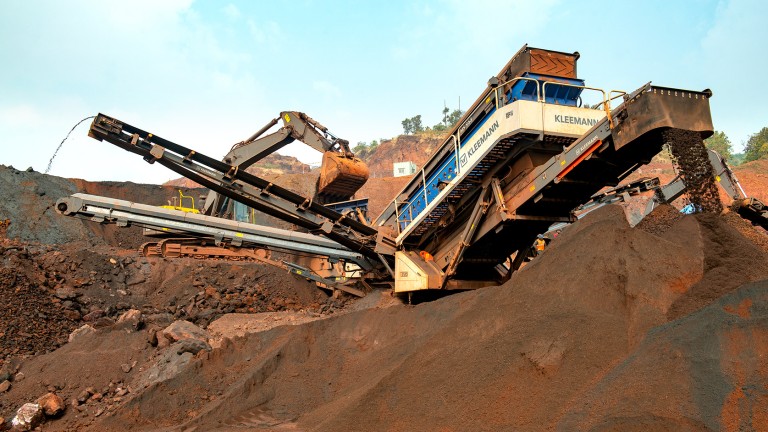
Demolition: Everything You Need to Know
Demolition is a complex process that is not as straightforward as it may seem. It involves much more than just tearing down a building. There are several aspects to consider, including site preparation, safety precautions, equipment, and waste management. In this blog post, we’ll provide you with everything you need to know about demolishing a building, including the steps involved, the types of demolition, and the equipment required.
Steps Involved in Demolition
The process of demolition in Melbourne typically involves the following steps:
a. Site Preparation: This involves removing any hazardous material, such as asbestos, and disconnecting utilities such as gas, electricity, and water.
b. Structural Demolition: This is the actual demolition of the building, which involves bringing down the structure in a controlled manner.
c. Debris Removal: This involves cleaning up the site and disposing of the waste material generated during the demolition.
Types of Demolition
There are several types of demolition, including:
a. Implosion: This involves using explosives to bring down a building in one fell swoop. It’s usually used for larger structures in urban areas.
b. Selective Demolition: This is where only a portion of the structure is removed, such as a specific room or wing of a building.
c. Manual Demolition: This is where the structure is dismantled piece by piece, typically by hand using hand tools.
Equipment Required for Demolition
The type of equipment required for demolition depends on the size and complexity of the project. Some common equipment used in demolition in Brighton includes:
a. Excavators: Used to remove the foundation and lower floors of a building.
b. High-Reach Excavators: Used for demolition of high-rise buildings.
c. Skid Steer Loaders: Used for selective demolition and cleaning up debris.
d. Hydraulic Hammers: Used for breaking apart concrete and masonry.
Waste Management
Waste management is a critical aspect of demolition. Waste materials generated during demolition, such as concrete, wood, and metal, can be recycled or reused. However, hazardous materials such as asbestos require specialized handling and disposal.
Safety Precautions
Demolition is a dangerous process that requires strict safety precautions. These include ensuring that the site is properly secured, providing workers with protective gear, and following strict protocols for handling hazardous materials.
In conclusion, demolition is a complex process that requires careful planning, expertise, and specialized equipment. Whether you’re tearing down a building to make way for new construction or removing a portion of the structure for renovation, it’s important to follow all safety regulations and ensure that waste materials are properly disposed of. By understanding the steps involved, the types of demolition, the equipment required, and the importance of waste management and safety, you can ensure that your demolition project is successful.



